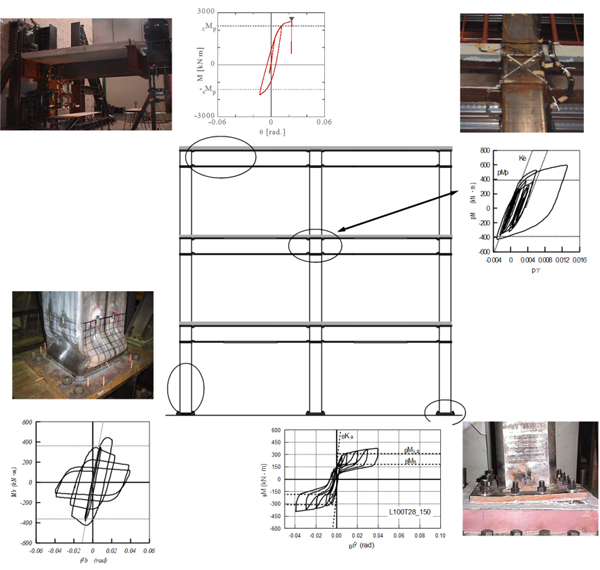To help buildings survive earthquakes, structural engineers make use of so-called ‘moment resisting frames’. The overall earthquake resistance of these frames depends on the plastic deformation capacities of their components such as beams, columns and panels. Now Satoshi Yamada from the Structural Engineering Research Center at Tokyo Institute of Technology and co-workers have studied exactly how the structural components behave when exposed to seismic forces, and what causes them to fracture or buckle.
The researchers used a numerical analysis to evaluate the plastic deformation capacity of beams, based on empirical formulae for the elongation capacity of steel. This involved tracking the hysteretic behavior – a ‘structural memory’ expressed as internal changes in the beam - until maximum strength was surpassed and the beams fractured. The results also reflected the influence of the concrete slab and the connection details.
Further experiments on real moment resisting frames provided stress-strain relationships for components under compressive forces. This showed that the deterioration of columns in the frame was governed by local buckling.
Finally, Yamada and co-workers calculated the energy dissipation capacity in moment resisting frames under various seismic forces. This showed that the overall damage to the frame, and therefore its ultimate earthquake resistance, depend on the distribution of strength and stiffness in the structural elements.
Satoshi YAMADA
Materials and Structures Laboratory
http://www.msl.titech.ac.jp/eng/index-e.html

Hysteresis of Structural Elements in Steel Moment Frame
. Any information published on this site will be valid in relation to Science Tokyo.



